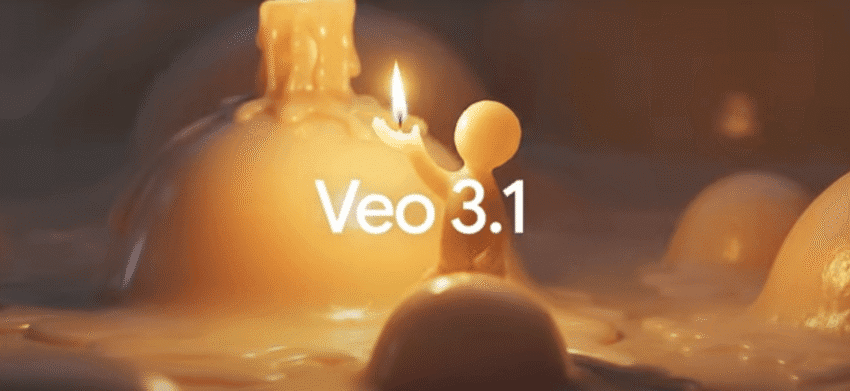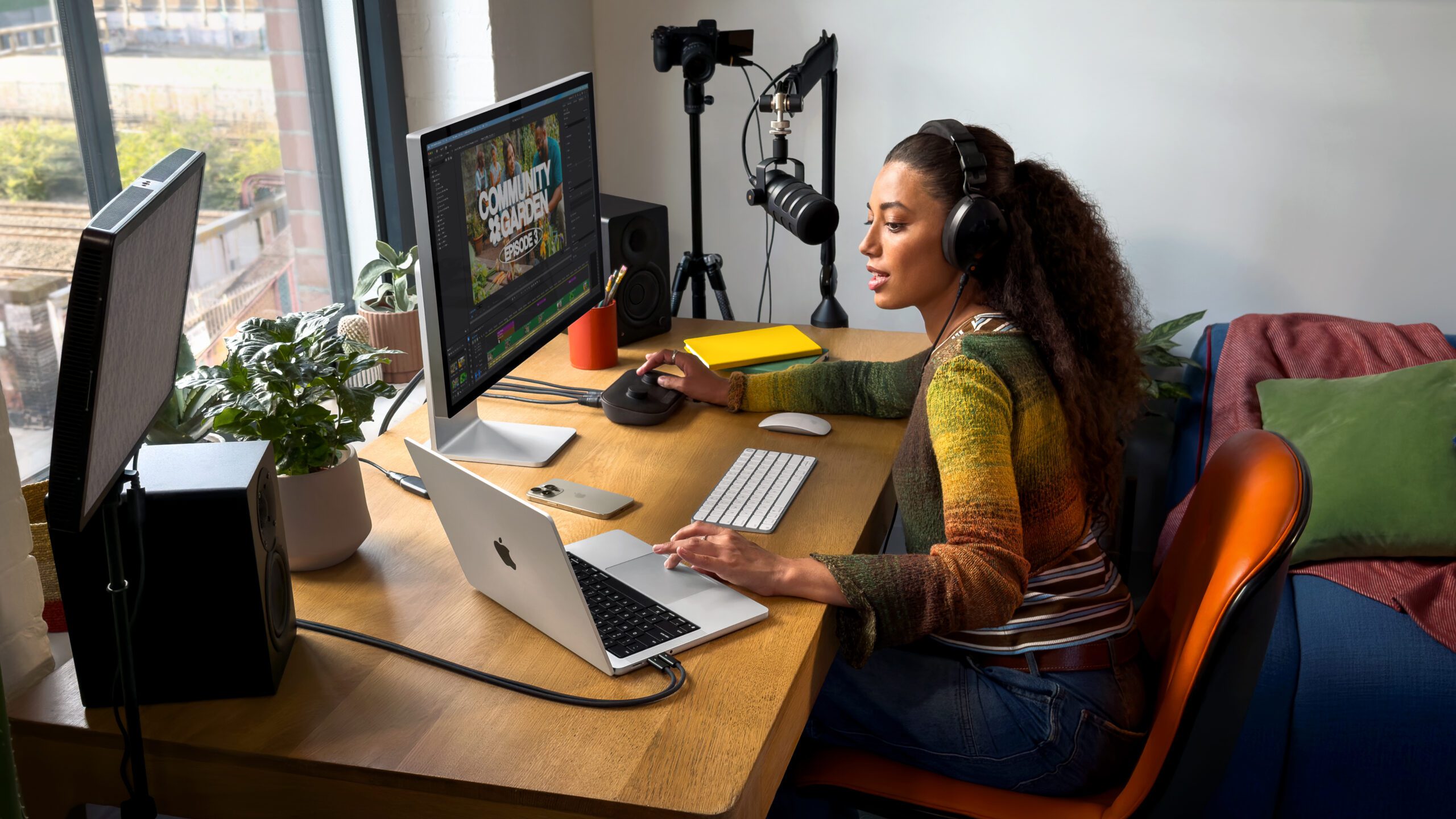
google s ai video generator is getting Google is enhancing its AI video generation tool, Flow, making it increasingly sophisticated and challenging to distinguish from human-created content.
google s ai video generator is getting
Enhancements in AI Video Generation
On Wednesday, Google unveiled significant updates to its AI filmmaking tool, Flow, as part of the Veo 3.1 update. This new version aims to improve the realism of AI-generated videos, allowing users to manipulate elements such as shadows and lighting. These enhancements are designed to make the videos appear more lifelike and less identifiable as AI-generated upon first glance.
Advanced Editing Features
The expanded editing capabilities in Flow are a notable advancement for users looking to create high-quality video content. The ability to adjust shadows and lighting gives creators more control over the final appearance of their videos. This feature is particularly important for those in creative industries, such as marketing and film, where visual aesthetics play a crucial role in audience engagement.
With the Veo 3.1 update, Google aims to bridge the gap between AI-generated content and traditional filmmaking. By allowing users to customize lighting and shadows, the tool can produce videos that resonate more with viewers, making them less likely to question the authenticity of the content.
New Audio Features
In addition to visual enhancements, Flow now includes several new audio features that significantly expand its functionality. Users can generate videos with audio based on three reference images, a feature that Google refers to as “Ingredients to Video.” This allows creators to develop narratives that are not only visually compelling but also enriched with sound, enhancing the overall storytelling experience.
Another innovative feature, “Frames to Video,” enables users to create a seamless transition between a starting image and an ending image, complete with accompanying audio. This capability is particularly useful for creating dynamic presentations or storytelling sequences, where the flow of visuals and sound is essential for maintaining viewer interest.
Furthermore, the “Scene Extension” feature allows users to take the final second of a clip and extend it by adding up to a minute of additional generated video, also accompanied by generated audio. This flexibility can be invaluable for content creators who wish to elaborate on a particular scene or concept without the need for extensive reshoots or additional filming.
Accessibility and Cost
The Veo 3.1 update maintains the same pricing structure as its predecessor, Veo 3. It is currently available as part of a “paid preview” through the Gemini API for developers. This accessibility allows a broader range of users, from independent creators to large enterprises, to experiment with the new features and integrate them into their workflows.
Additionally, the update is enabled in the Gemini app, making it easier for users to access the latest tools and features directly from their devices. This integration signifies Google’s commitment to making advanced AI tools more user-friendly and accessible to a wider audience.
Future Developments
Looking ahead, Google has announced that Flow users will soon have the ability to remove “anything” from a video. This feature promises to restructure the background and scene, creating the illusion that the removed object was never present. Such a capability could revolutionize the editing process, allowing creators to refine their videos without the need for extensive manual editing or reshoots.
This feature could be particularly beneficial for industries such as advertising, where the ability to quickly adapt content can lead to more effective campaigns. For instance, marketers could easily modify promotional videos to better align with changing trends or audience preferences, enhancing the agility of their content strategies.
Implications for Content Creation
The advancements in Flow and the Veo 3.1 update represent a significant leap forward in the realm of AI-generated content. As these tools become more sophisticated, they raise important questions about the future of content creation and the role of AI in the creative process.
Impact on Creative Industries
For creative professionals, the enhancements in Flow could lead to a paradigm shift in how videos are produced. The ability to generate high-quality, realistic videos with minimal effort may democratize content creation, allowing individuals and small teams to compete with larger production companies. This could result in a more diverse range of voices and stories being told, as barriers to entry are lowered.
However, the rise of AI-generated content also brings challenges. As the technology becomes more advanced, the potential for misuse increases. Concerns about deepfakes and misinformation could lead to greater scrutiny of AI-generated media, prompting calls for regulation and ethical guidelines in the industry.
Stakeholder Reactions
The response from stakeholders in the creative and tech industries has been mixed. Some view the advancements as a positive development that can enhance creativity and streamline workflows. Others express caution, emphasizing the need for responsible use of AI technologies to prevent potential abuses.
Industry experts have noted that while AI tools like Flow can significantly enhance productivity, they should not replace the human touch that is often essential in creative endeavors. The emotional depth and nuanced understanding that human creators bring to their work cannot be fully replicated by AI, making collaboration between humans and machines a critical aspect of the future of content creation.
Conclusion
Google’s updates to its AI video generation tool, Flow, represent a significant advancement in the capabilities of AI in the creative sector. With enhanced editing features and new audio functionalities, users can create more realistic and engaging video content than ever before. As these tools become more accessible, they have the potential to democratize content creation, allowing a wider range of voices to be heard.
However, the rise of AI-generated content also raises important ethical and regulatory questions that the industry must address. As we move forward, the balance between leveraging AI’s capabilities and maintaining the integrity of human creativity will be crucial in shaping the future of content creation.
Source: Original report
Was this helpful?
Last Modified: October 16, 2025 at 3:37 am
4 views















